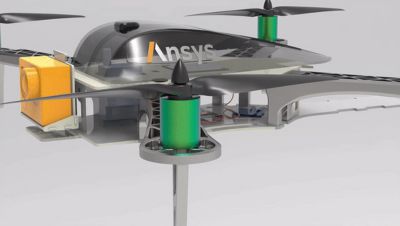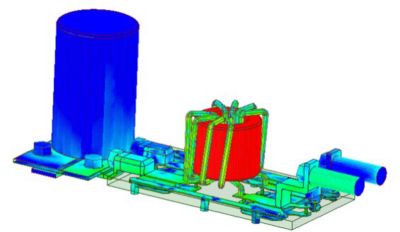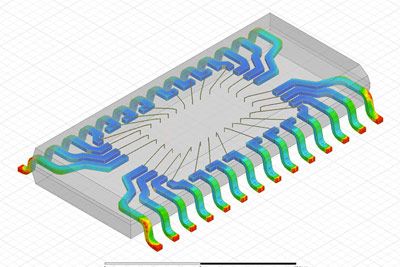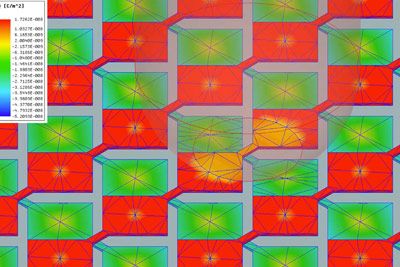Q3D CAPABILITIES
Understand parasitic parameters of frequency-dependent resistance, inductance, capacitance and conductance
Ansys Q3D Extractor is ideal for designing advanced electronics packages and connectors used in high-speed electronic equipment, or the high-power bus bars and power converter components used in electrical power distribution, power electronics and electric drive systems.
Ansys Q3D Extractor efficiently performs the 3D and 2D quasi-static electromagnetic field simulations required for the extraction of RLCG parameters from an interconnect structure to automatically generate an equivalent SPICE model. These highly accurate models can be used to perform signal integrity analysis to study electromagnetic phenomena to understand the performance of interconnects, IC packages, connectors, PCBs, bus bars and cables.




















